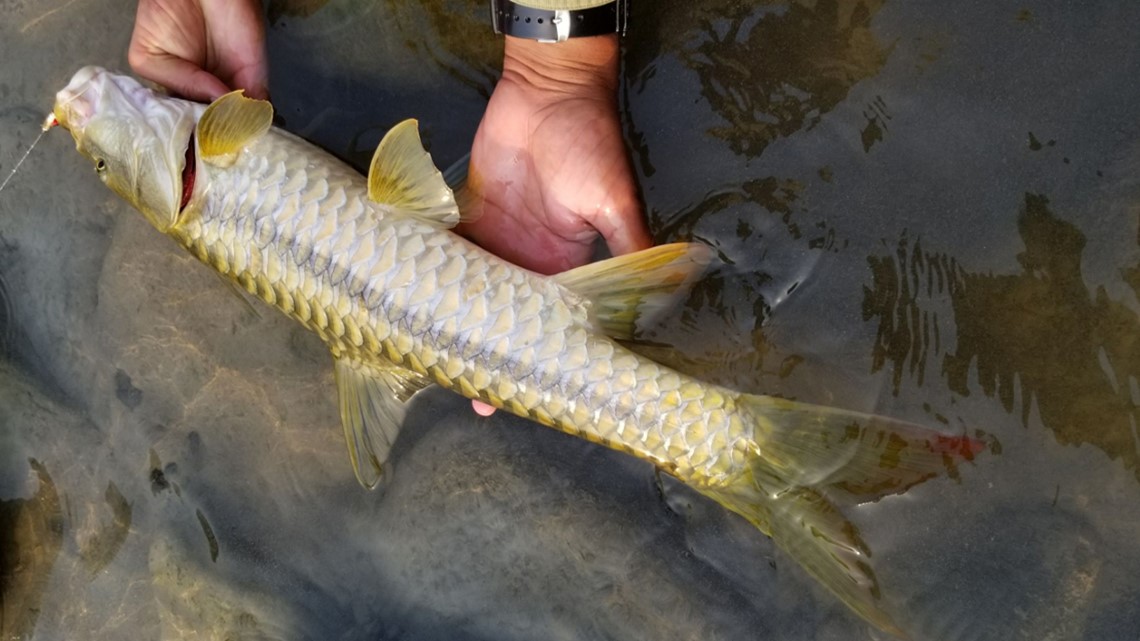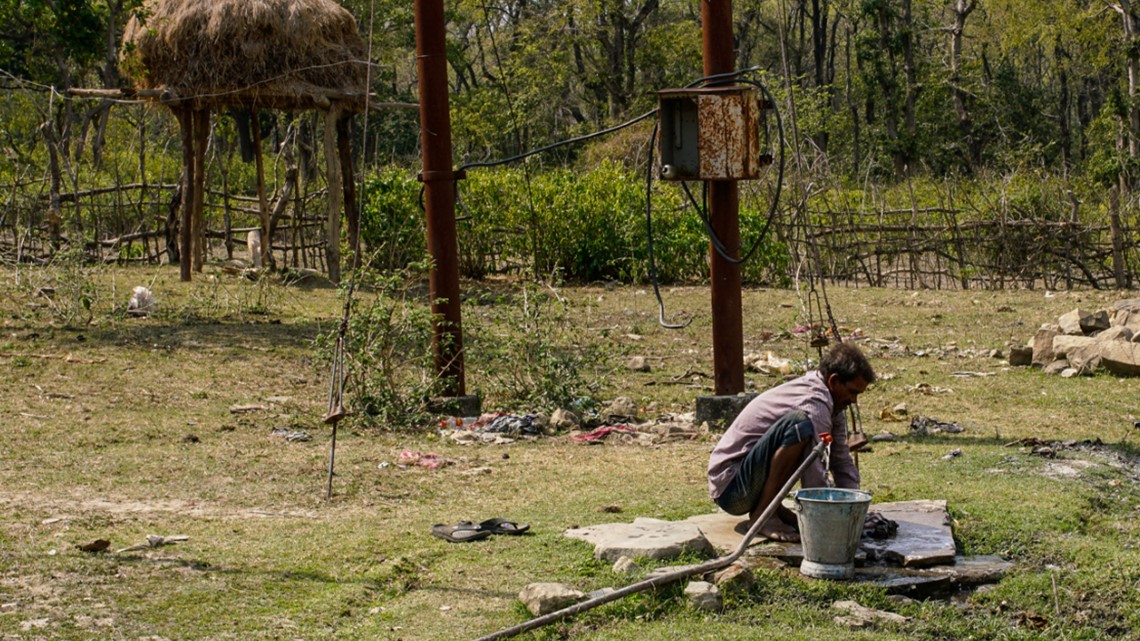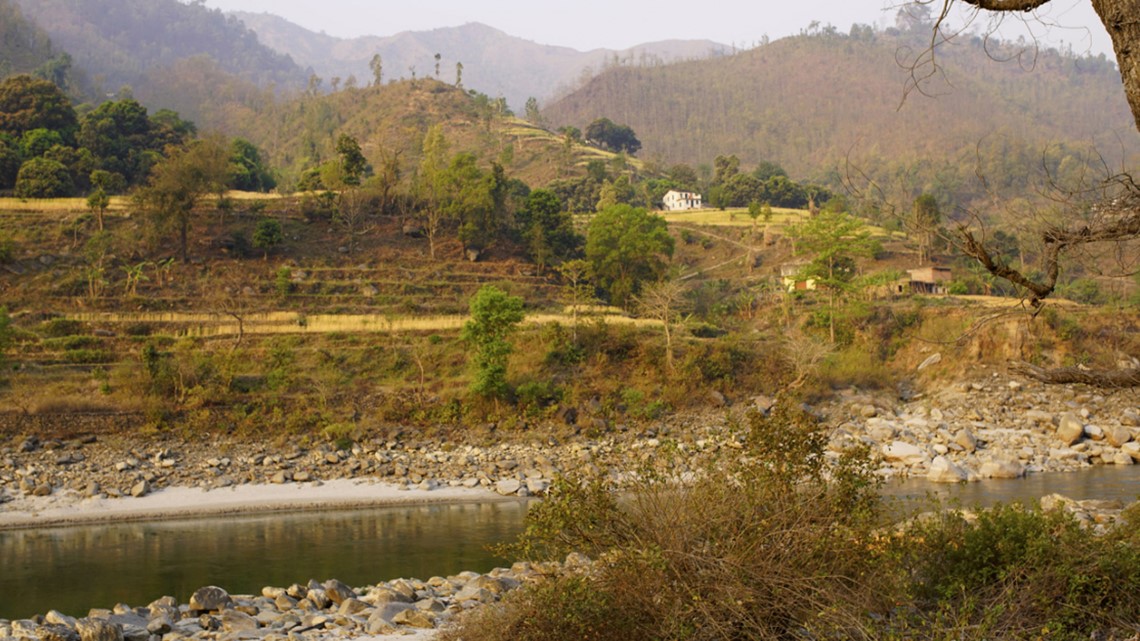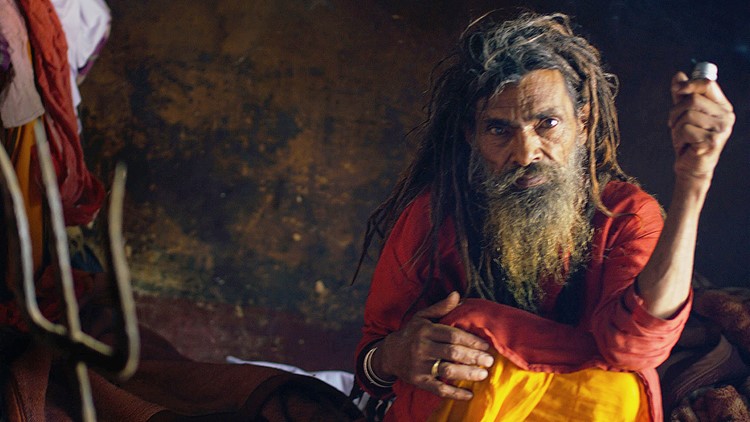In a small Hindu temple in Northeast India, the baba of Pancheswhar, holy man of the village of Pancheswhar, population 300, spends much of his day in a smokey, unlit room. When I meet him he is crouched behind a small fire pit, a Trishula, the Hindu trident, poked into its embers and a sooty child-sized teapot nestled in its ashes. Save a pile of clothes, a blanket and a basket containing a cabbage, there is little in the room where he lives.


“He has a clean heart,” my guide Pritam says of the baba. But the holy man is worried, he says. His temple sits at the confluence of two rivers, the Sarayu and the Mahakali, in the foothills of the Himalayas. They hold a fish called the Golden Mahseer. The rivers, the fish, and the temple are all threatened by the construction one of the largest dams in the world.
The Pancheswhar Dam will be three hundred feet taller than Hoover Dam in the U.S., spanning a canyon about two kilometers downstream from here. It will produce more than 5000 megawatts of electricity, provide irrigation to India and Nepal, and control the raging monsoon outflow, which swells the watershed each June. Pancheswhar will be so massive that another dam will have to be constructed a few kilometers downstream to restrain the flow spilling from its base when its gates are open.
Eight tunnels will be built, planners say, to divert the flow of the Mahakali during the twenty years the dam is being fabricated. As the waters rise, foot by foot, 49,000 families in more than 230 villages will lose their homes.
“This is a good river,” Sadbal Chelan, says of the Sarayu. “There are no crocodiles here.”
Chelan goes by Bobby (Bawby, as it sounds when he says it in his Indian accent) because his clients, most of them Americans, can relate to the name. Over the last decade, Bobby, the youngest of five brothers from a small village in Himachal province six hours from Delhi, has absorbed the soul of both the river and the Golden Mahseer. “The Mahseer,” Bobby says, “He is a very smart fish.” Bobby has learned not only how to catch the fish, but how to catch it on a fly rod, holding the world record for a fly-caught Mahseer.


At age twenty-six, Bobby is the head in-country fishing guide for Himalayan Outback, an India-based expedition firm that escorts adventure-seekers and anglers through whitewater, camping on the Sarayu and Mahakali as they hop down the river. At each camp, the venture generates income for locals. Thirteen Indian residents are permanently assigned to the expeditions, as cooks, guides, and porters. At every stop, local villagers help set up and maintain the camp.
At a hamlet called Chuka, villagers get hired to carry gear and water from the riverbank to the campsite. Every morning one man lugs a huge pot of water balanced on his shoulder, from the river bottom up to the kitchen tent, slowly but relentlessly climbing over the boulders in his bare feet, then returning to the river again and again. He makes 500 rupees, $7.70, for his day’s work. Backbreaking it is, but he is 500 rupees wealthier than he would have been had the camp not landed at Chuka.


Nearly half of all Indians are employed in agriculture, according to the CIA Factbook, clearly evident as we float down the river. Narrow terraces of wheat, golden in the sunlight, cascade in steps down the river banks. Locals plant the wheat, cut it by hand, bundle it in sheaves, thresh it on stone, winnow it, separating the chaff from kernels, and grind the grain into flour with a foot-powered mill. An existence as alien to an urban American as Luke Skywalker’s home was to planet earth.


When the dam comes these people will see their farms drown. The jobs that come with expeditions will wither as the river becomes inundated. Still, the dam will bring thousands of construction jobs, albeit not to the people who live here, over the twenty years it will take to build it. As one of the largest hydroelectric plants in the world, it will satiate the energy needs of many of India’s 1.23 billion people.
Pancheswhar has been in the planning stages for two decades, and remains a subject of debate in both India, which owns one bank of the Mahakali, and Nepal, which owns the other. Now construction schedules are accelerating, administrators have moved in downstream, a road is being built on the Indian side of the river, and Indian Prime Minister Narendra Modi has declared the dam a priority.
The mahseer will survive it all.
This is not a story about an endangered species, unless that species is human.
Byron Harris, a 40-year reporter for WFAA-TV, writes Byron’s Lens.


